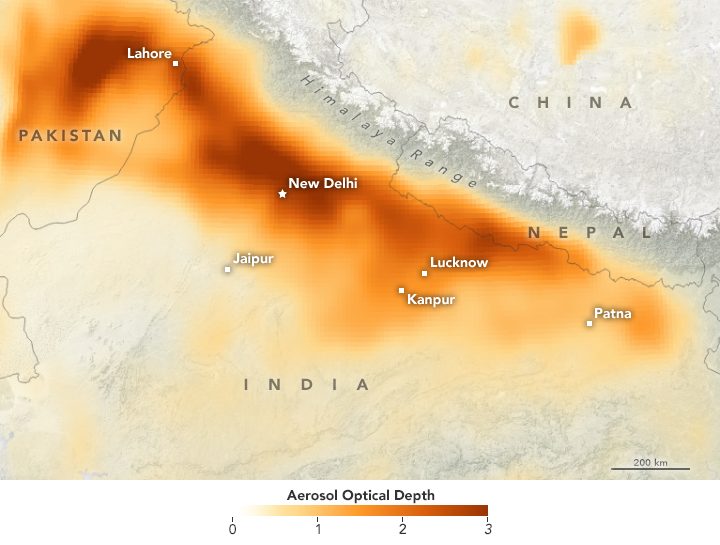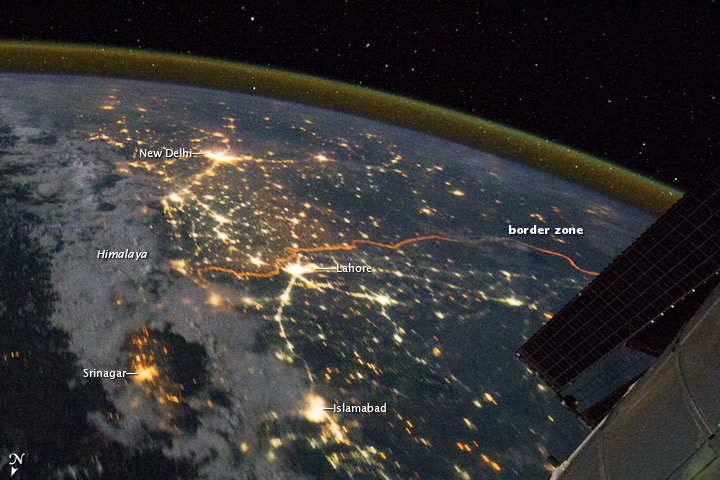Archive for the ‘Pollution’ Category
Latest research: Ambient Particulate Air Pollution and Daily Mortality in 652 Cities
Thursday, August 22nd, 2019Ambient Particulate Air Pollution and Daily Mortality in 652 Cities
August 22, 2019
N Engl J Med 2019; 381:705-715
DOI: 10.1056/NEJMoa1817364
“……Conclusions
Our data show independent associations between short-term exposure to PM10 and PM2.5 and daily all-cause, cardiovascular, and respiratory mortality in more than 600 cities across the globe……..”
Bangkok cracks the list of the top 10 cities with the foulest air on the planet.
Thursday, January 31st, 2019“……Bangkok suffers from a toxic amalgam: unchecked industrialization and urbanization, a car-crazy populace and lax regulation. The burning of fallow fields and a dry season with little wind exacerbate the crisis...…”
San Francisco’s air quality index hits 271
Saturday, November 17th, 2018Here’s the full list, with each city’s Fine particulate matter (PM2.5) reading within the last hour (11/16/18):
1. Stockton, CA (157.4)
2. San Francisco, CA (137.9)
3. Oakland, CA (135.6)
4. Patna, India (132.6)
5. Sacramento, CA (129.4)
6. Varanasi, India (116.2)
7. Muzaffarpur, India (114.7)
8. San Jose, CA (113.4)
9. Turpan, China (109.2)
10. Darbhanga, India (106.4)
Air Pollution: The top 20 worst cities
Wednesday, November 7th, 2018“Gas Chamber”: United Airlines has canceled flights to New Delhi until the air gets better.
Sunday, November 12th, 2017Smoke mixed with fog, dust, and industrial pollution form a particularly thick haze in northern India.
Saturday, November 11th, 2017

Since mid-October 2017, smoke from crop fires in Punjab and Haryana has blown across northern India and Pakistan. With the arrival of cooler weather in November, the smoke mixed with fog, dust, and industrial pollution to form a particularly thick haze. A lack of wind, which usually helps disperse air pollution, worsened the problem for several days in November.
On November 7, 2017, the Moderate Resolution Imaging Spectroradiometer (MODIS) on NASA’s Aqua satellite captured this natural-color image of haze and fog blanketing the region. The second image, a data map based on observations from the same sensor, depicts aerosol optical depth, a measure of how airborne particles affect the reflection and absorption of light by the atmosphere. Red-brown colors indicate skies thick with aerosol pollution. Several major cities—including Lahore, New Delhi, Lucknow, and Kanpur—faced elevated levels of pollution. As seen in the third image, which was captured by Terra, thick haze continued to linger over the region on November 8, 2017.

In New Delhi, particulate pollution rose several times above the limit considered safe. On November 8, 2017, an air quality sensor at the U.S. embassy recorded a peak air quality index of 1,010—an extremely hazardous level. Values of 0 to 100 are considered acceptable.
In response, authorities in Delhi have closed schools, banned trucks from entering the city, halted construction projects, and increased parking fees to discourage driving. With hospitals recording a surge of people complaining of respiratory problems, the Indian Medical Association has declared the situation a public health emergency.
-
References
- Aljazeera (2017, November 8) What’s PM 2.5 and why is New Delhi, Lahore smog so bad? Accessed November 8, 2017.
- Hindustan Times (2017, November 8) Delhi air pollution prompts officials to close schools, halt construction, entry of trucks. Accessed November 8, 2017.
- The Guardian (2017, November 7) Delhi doctors declare pollution emergency as smog chokes city. Accessed November 8, 2017.
- The Tribune (2017, November 7) Stubble burning reaches new high. Accessed November 8, 2017.
- U.S. Department of State New Delhi — PM2.5. Accessed November 8, 2017.
More than 2,100 cities globally exceed recommended levels of atmospheric particulate matter
Tuesday, October 31st, 2017“….More than 803,000 deaths across 21 Asian countries in 2015 were attributable to pollution from coal power, transport and the use of fossil fuels at home….”
** More than 5.5 million people worldwide are dying prematurely every year as a result of air pollution.
Wednesday, February 17th, 2016** Most of these deaths are occurring in China (coal production) and India (indoor pollution).
** Air pollution causes more deaths than other risk factors like malnutrition, obesity, alcohol and drug abuse, and unsafe sex: China: 1.6 million deaths a year; India: 1.3 million deaths/year
From Jan. 1, residents of New Delhi, which had been choking in thick smog in recent days, will be able to drive only every other day according to their license plate numbers — odd numbers on one day, even numbers on the other.
Saturday, December 5th, 2015New Delhi’s air — a noxious combination of exhaust, dust, smoke from wood and dung-fired stoves, burning leaves and industrial output — surpassed Beijing’s last year as the dirtiest in the world, according to a study by the World Health Organization.


